Entry Type: Event
aka: Chicot County Massacre
Childers, John (Execution of)
Chitwood, Oscar (Murder of)
Christopher H. Harris v. Asa Hutchinson, et al.
Churchill, Sylvester (Lynching of)
City of Fort Smith v. Wade
City of Hot Springs v. Creviston
Civil War Centennial
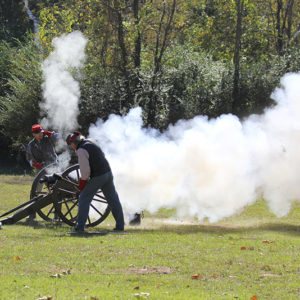 Civil War Reenactment
Civil War Reenactment
Civil War Sesquicentennial
Civil War Timeline
Civil War Veterans’ Reunions
Clarendon Expedition (August 4–17, 1862)
Clarendon Expedition (October 16–17, 1864)
Clarendon Lynching of 1898
 Clarendon Lynching Article
Clarendon Lynching Article
Clarendon, Skirmish at (June 26, 1864)
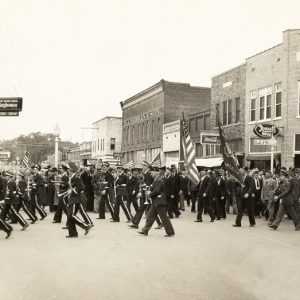 Clarksville Armistice Day Parade
Clarksville Armistice Day Parade
Clarksville, Affair at
Clarksville, Skirmishes at
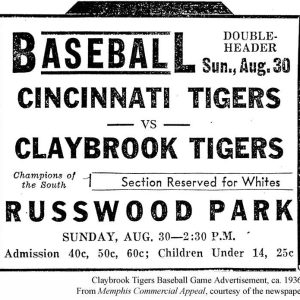 Claybrook Tigers Ad
Claybrook Tigers Ad
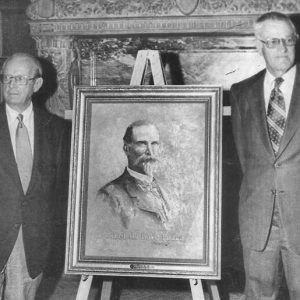 Powell Clayton Portrait
Powell Clayton Portrait
 Clearing Timber
Clearing Timber
Cleburne County Draft War
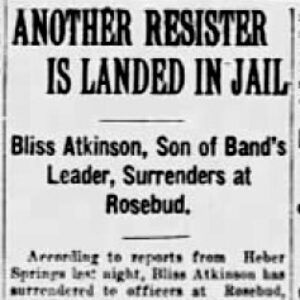 Cleburne County Draft War Article
Cleburne County Draft War Article
 Clermont Steamboat Article
Clermont Steamboat Article
 Clermont Steamboat Article
Clermont Steamboat Article
 William J. Clinton Presidential Center and Park Dedication
William J. Clinton Presidential Center and Park Dedication
Closson, William (Lynching of)
Coal Hill Convict Lease Investigation (1888)
Colbert Raid
 George Cole Lynching Article
George Cole Lynching Article
Cole, George (Lynching of)
 Comic Book Ban Article
Comic Book Ban Article
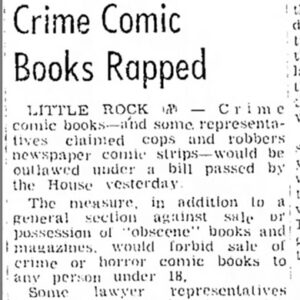 Comic Book Ban Article
Comic Book Ban Article
 Comic Book Ban Article
Comic Book Ban Article
 Compress Loss
Compress Loss
Confederate Flag Day
Congress and Saladin, Collision of
Constitutional Conventions
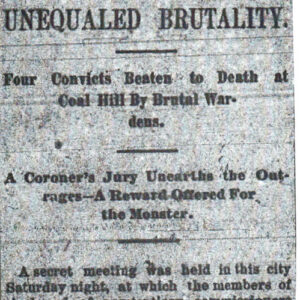 Convict Lease Article
Convict Lease Article
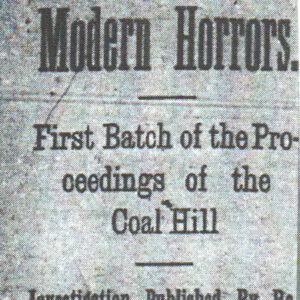 Convict Lease Article
Convict Lease Article
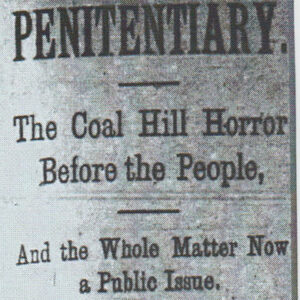 Convict Lease Article
Convict Lease Article
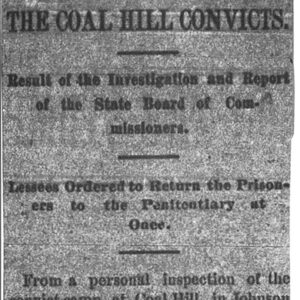 Convict Lease Article
Convict Lease Article
Conway-Crittenden Duel
aka: Crittenden-Conway Duel
Cooper v. Henslee
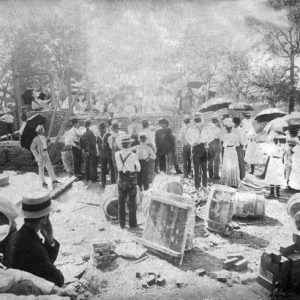 Corning Courthouse Cornerstone Ceremony
Corning Courthouse Cornerstone Ceremony




